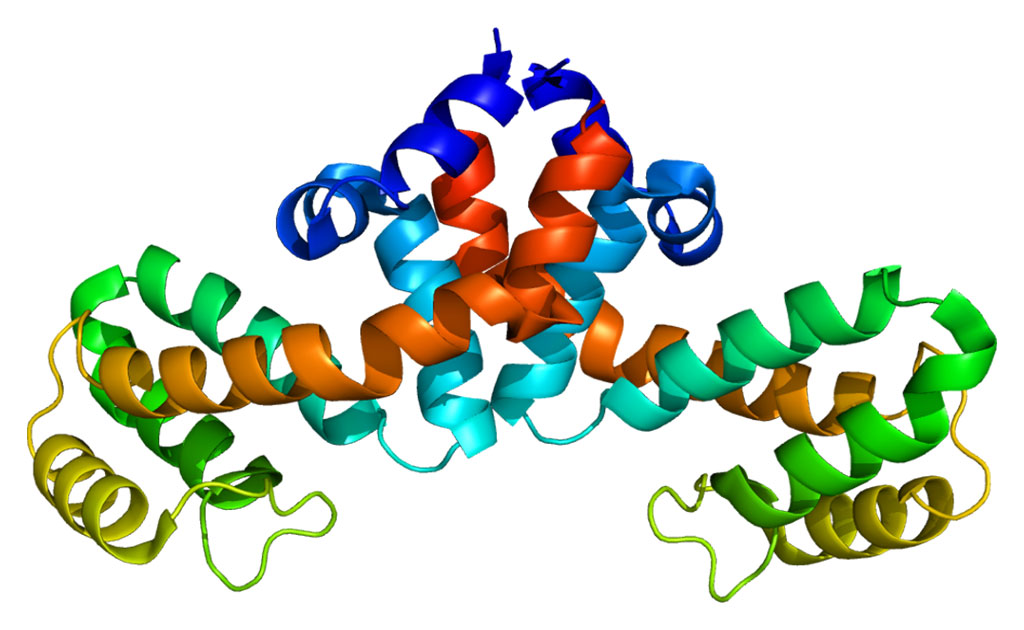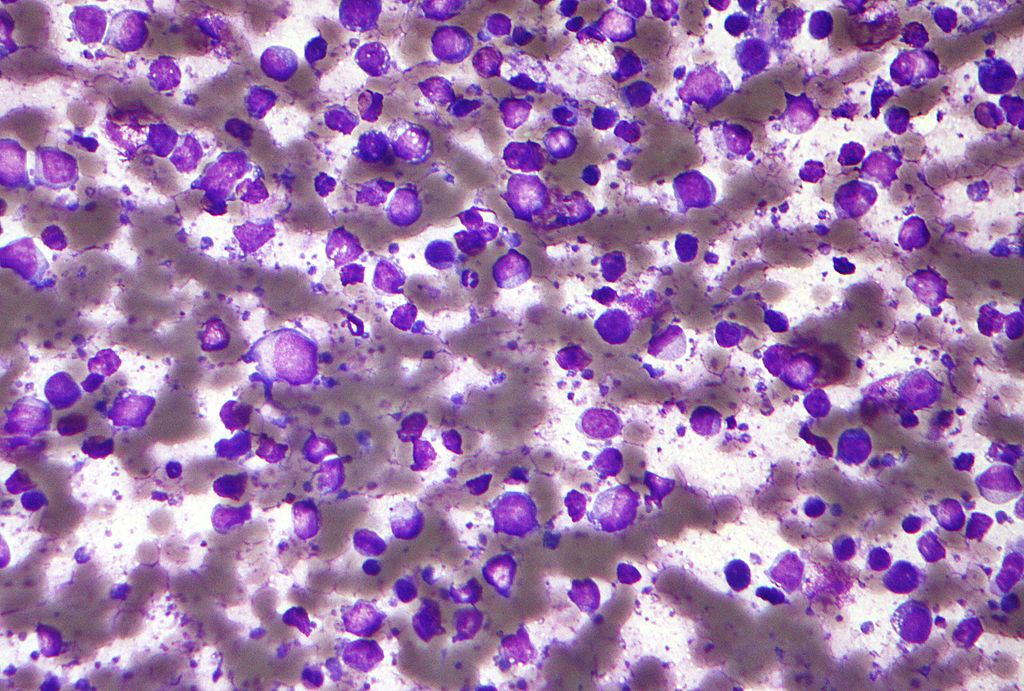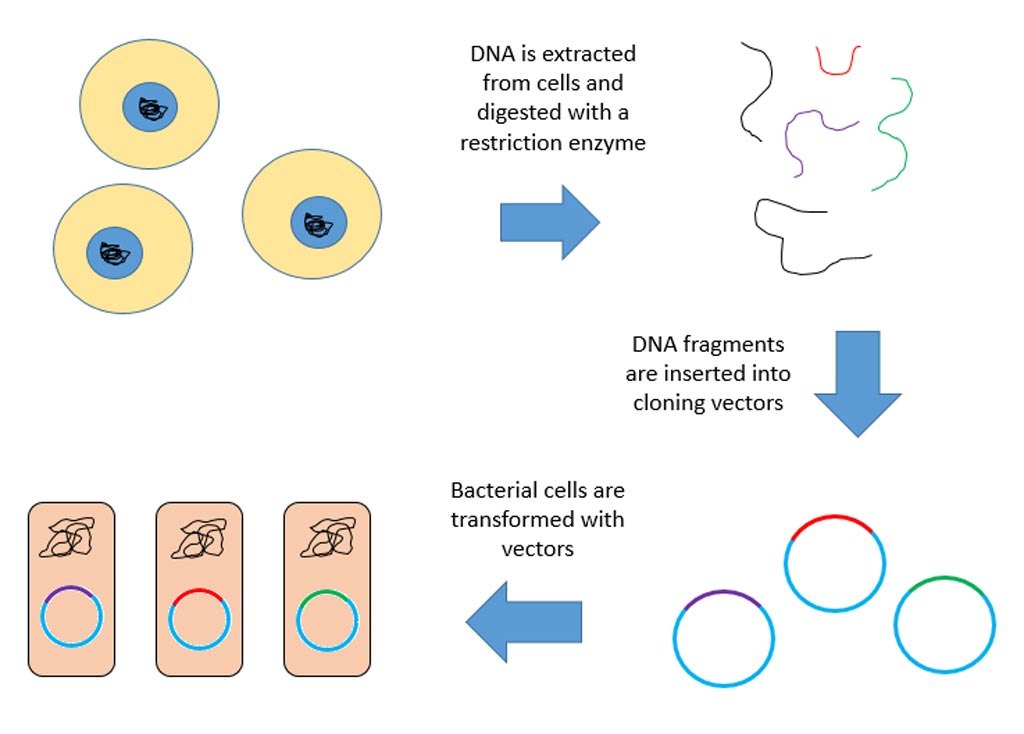Limb Regeneration in Mammals Requires Blocking Two Tumor Suppressor Genes
By LabMedica International staff writers
Posted on 08 Sep 2010
Results of a study into the molecular mechanisms that control limb regeneration have revealed that while inhibition of one tumor suppressor gene enables regeneration in amphibians such as salamanders and newts, inhibition of two suppressor genes is required to initiate the regeneration process in mammals.Posted on 08 Sep 2010
Investigators at Stanford University (Palo Alto, CA, USA) worked with differentiated mice muscle cells (myocytes) growing in tissue culture dishes. This type of cell does not normally divide. However, in a study published in the August 6, 2010, online edition of the journal Cell Stem Cell, the investigators showed that by using siRNAs to block two tumor suppressor genes, they could induce differentiated myocytes to reenter the cell cycle and divide. One of the genes, Rb (retinoblastoma protein), was already known due to its effect on regeneration in amphibians. The other gene, Arf (alternate reading frame of the INK4a locus), had not previously been linked to regeneration in mammals, and does not exist at all in amphibians.
When the treated myocytes were transplanted into living mice they became incorporated into muscle tissue, but only if the inhibition of Rb was removed. If Rb was left blocked, the myocytes proliferated into an undifferentiated, cancer-like mass.
The investigators concluded that, "These results show that differentiation of mammalian cells is reversed by inactivation of Arf and Rb and support the hypothesis that Arf evolved at the expense of regeneration.”
Related Links:
Stanford University













